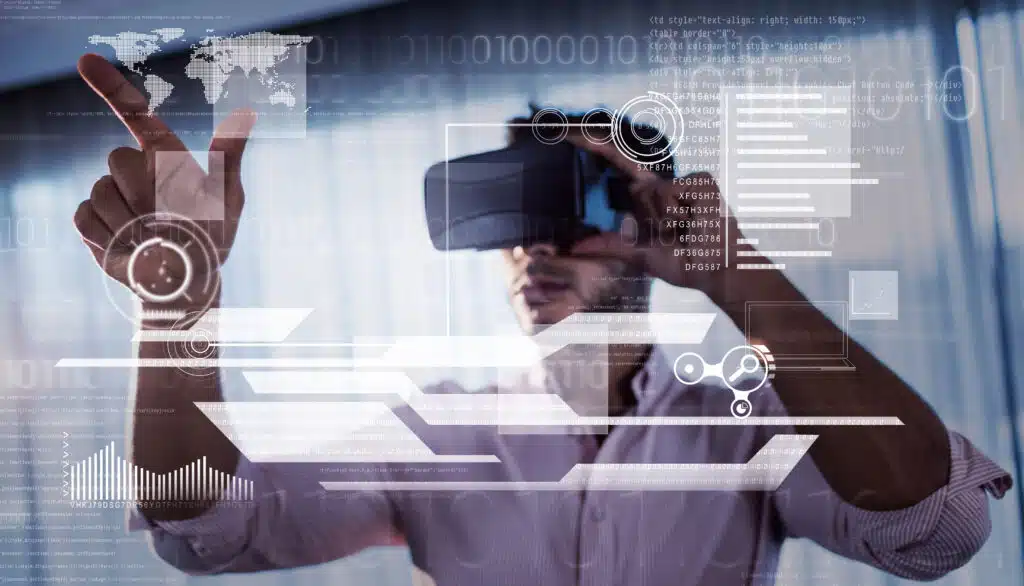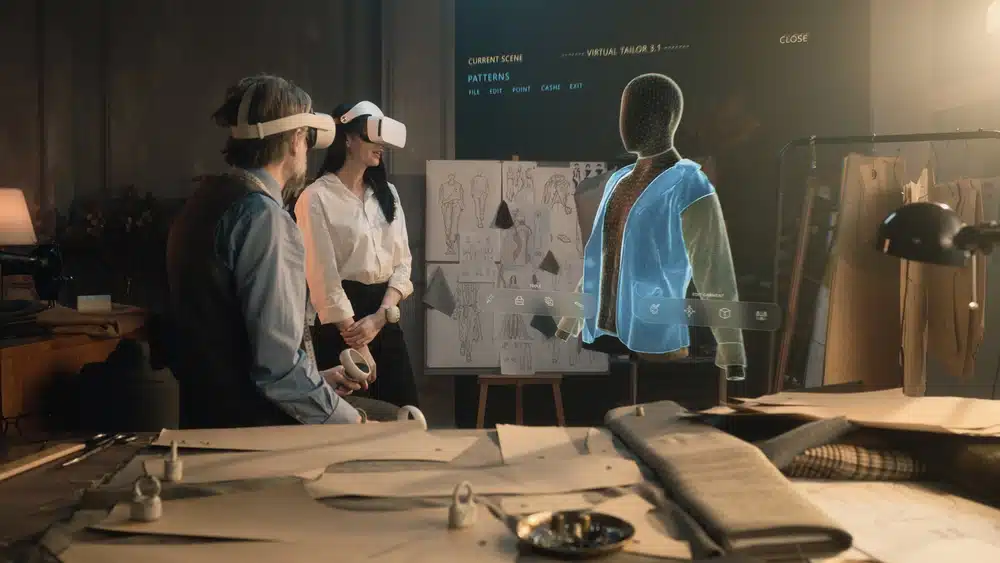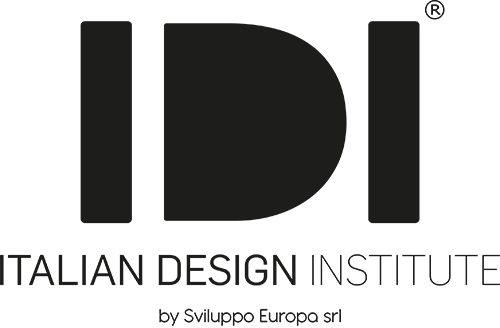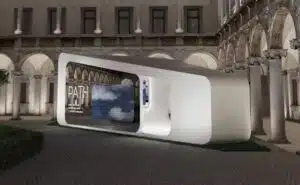In an era of rapid technological advances, the augmented reality (AR) and virtual reality (VR) represent two sides of the same coin within thedigital innovation. Although often confused or considered interchangeable, these two terms denote profoundly different technologies, each with its own unique applications and modes of user interaction.
Augmented Reality and Virtual Reality: distinct technologies for immersive experiences
Augmented reality enriches the physical environment with digital elements, overlaying virtual information on top of the real world view. This technology transforms any scenario, from sightseeing to shopping experience, into an interactive opportunity, providing users with data and images through devices such as smartphones, tablets or innovative wearable devices such as smart glasses. A striking example is Ray-Ban Stories, the result of a collaboration between Facebook and Luxottica, which embodies the fusion of fashion and AR functionality, offering a novel and cutting-edge user experience.
On the contrary, virtual reality creates a completely artificial environment in which the user is totally immersed. Through theuse of VR viewersusers are transported into digital worlds, separate from the physical one, where they can explore, interact and experience things otherwise impossible in reality. Whether flying through space, walking through remote historical eras or attending a virtual concert, VR opens the door to endless possibilities, limited only by the creativity of its creators.
Applications of AR and VR
The applications of these two technologies go far beyond entertainment, touching sectors such as education, tourism, marketing, medicine and business. In the area of mass consumption, video games and entertainment experiences remain the most popular and developed fields, but it is in the area of professional applications that AR and VR show their true transformative potential.
Augmented reality, for example, is used in the maintenance of complex industrial plantswhere it can provide operators with vital information in real time, or as part of the safety at workwhere it can help prevent accidents. Virtual reality, on the other hand, is used for the education and training of employees in controlled environments but realistic, allowing dangerous or complex situations to be simulated without risk.
As AR and VR continue to evolve, their convergence with other emerging technologies, such as artificial intelligence and the internet of things, promises to further amplify their potential. This itween the digital and the physical will not only improve the user experience in many contexts but will also pave the way for new ways of social, work and educational interaction.
The role of technology in the future of business
Augmented and virtual reality are two powerful tools that, though distinct, work in synergy to enrich and expand our perception of the world, giving us access to information and experiences that go beyond the boundaries of the possible. As technology continues to advance, it is clear that AR and VR will play a central role in shaping the digital future.
The growth of the AR/VR market testifies to the wide range of applications and growing interest in these technologies.

But what is the real potential of these technologies?
The potential of AR and VR in business are immense and varied, ranging from improved internal communication to optimised sales processes, from staff training to accessibility. The challenge for companies is no longer whether to adopt these technologies, but how and when to do so.
The integration of augmented and virtual reality in the corporate world is no longer a futuristic hypothesis, but a concrete opportunity for growth and innovation. Companies that are the first to seize these opportunities will not only be able to optimise their internal processes and offering state-of-the-art services but also stand out in an increasingly competitive market by leading the digital transformation in their industry.
The VR offers the possibility of simulating face-to-face meetingsovercoming geographical limitations and reducing travel costs, with a realism and involvement that platforms such as Zoom or Teams cannot match.

Through VRcompanies can implement effective and engaging training programmesallowing employees to acquire practical skills in virtual scenarios that faithfully reproduce real working conditions. AR and VR also open new doors to inclusion, making work and business experiences accessible to those limited by physical or geographical barriers.
Using augmented reality, companies can offer customers unique product experiences, improving understanding and engagement during the sales and presentation phases.
AR and VR: the importance of specialised training
L'adoption of augmented reality (AR) and virtual reality (VR) technologies requires a specialised trainingwhich is crucial to realise their full potential. An in-depth understanding of these tools can significantly transform the way we interact with the digital world, improving efficiency and effectiveness in areas such as education, business and entertainment.
Adequate training not only enables users to safely navigate AR and VR environments but also paves the way for innovations that can revolutionise working and teaching practices. Furthermore, education in this area prepares professionals capable of leading the development and application of these technologies, ensuring that they are used ethically and productively. Therefore, investing in training for AR and VR is essential to unlock their transformative potential.
The Postgraduate Course in Virtual and Augmented Reality for IDI Business
The ability to live and interact with spaces even before their physical realisation represents today not only a desire but a real needs in the field of design and architecture. This need is answered by the marvellous potential offered by immersive reality, which makes it possible to explore and evaluate environments in a spectacular and exciting way, going beyond the limits of traditional two-dimensional representation. To meet this demand, the Italian Design Institute (IDI) has developed a specific training coursewhich makes use of the latest technological innovations derived from the world of video games, in particular through the use of Unity 3D. This course aims to equip participants with advanced skills in the use of Augmented and Virtual Realityallowing them to transform 3D models, created with Blender or other modelling software, in presentations immersive AR and VR compatible with multiple platforms, including Windows, Android and iOS. By doing so, designers will not only be able to anticipate spatial experiences but also communicate their designs in a more effective and engaging manner.




